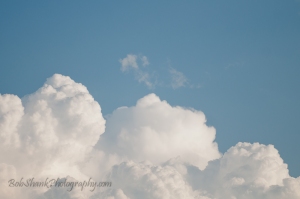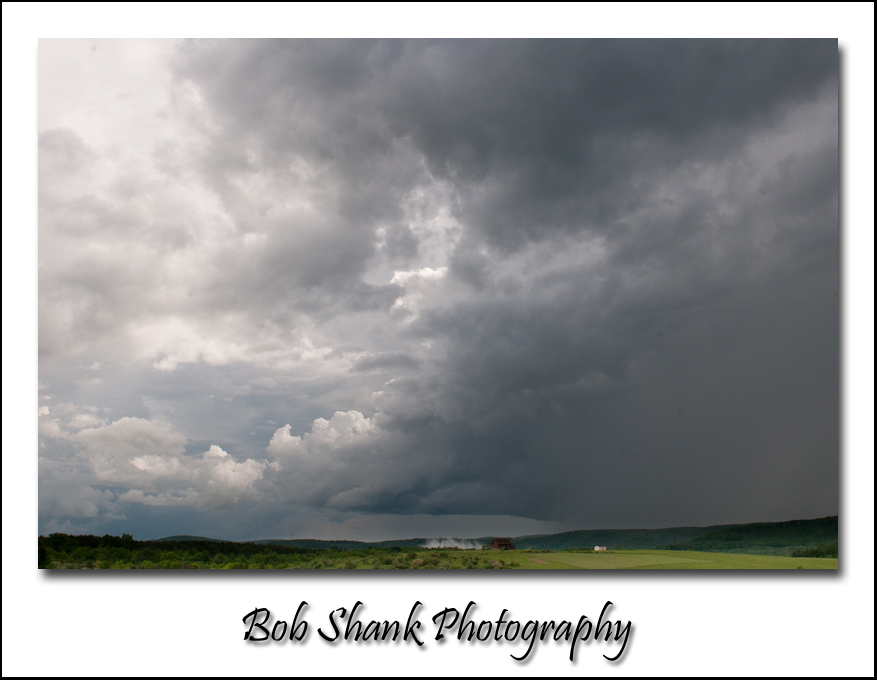I am thoroughly enjoying Moose Peterson’s book, “Captured.” I enjoy wildlife photography and read all of Lennie Lee Rue III’s books, which I just love. His books really rock! They taught me a lot that I use and depend on every time I am out in the wild with my camera. So I guess I was rather slow to purchase a different photographer’s book on wildlife photography. Well, let me tell you, Moose’s book is equally as impressive. The best part of Moose’s book is how different it is from other photo books I’ve read in the past. Forget the nuts and bolts of f-stops and shutter speeds. The book takes a different and refreshing approach.
Moose shares wonderful narratives and helps the reader really think about the subject being photographed. He walks you along the paths he took to capture his amazing and breath-taking photographs. He does not hold your hand, telling you which f-stop is the best or even his favorite. No, this is not a book for those needing to have their photographic hand-held. Rather, Moose makes you think. He makes you think about your approach and goal in the photograph. He also challenges the reader to see the light (pun intended, I’m pretty sure).
Light of some kind is required for photography. After all, “photography” literally means “writing with light.” With out a light source we don’t got a photo! So we can agree on the importance light brings to the photo party. However, even after many years behind the viewfinder, I am not sure I’ve been looking at the light critically or inquisitively enough. We all were told about the Golden Hours and to aim to shoot just after dawn and just before dusk. Light often takes on a unique and special quality at these times.
Light can change in an instance. Just this evening I took my son, James, to his baseball practice and was sitting in the truck playing with the menus on the LCD screen on my camera. I like to do this every now and then to familiarize myself with my camera. After all, there is nothing worse than messing with trying to find a particular setting in the heat of the moment when the photo action is fast and furious. It is much better to be fully prepared and so spending some down time with my camera is time well-spent. Anyway, I was playing with my camera when I noticed the light of the late day bouncing off the tips of some of the cumulus clouds. I was not in a good place to take a photograph due to electrical wires and some parking lights being in my way, but I couldn’t help but notice the way the light was just dancing off the tips of the clouds. It was beautiful. And here’s the thing–I doubt I would ever even notice this if I wasn’t interested in photography. How much do we miss by not looking or paying attention in this life?
Light has several qualities that we need to think about as photographers. Quantity, direction, and quality are the top three from what I was taught. The amount of light, or quantity, is critical because without enough light there can be no photograph. On the other hand, too much light, like at high noon, can be extremely difficult to deal with in photography. Quantity of light will dictate a lot about proper exposure. Less light requires us to open up our f-stop, while bright light requires us to stop down. This is pretty easy so far.
Direction of light is also important. Most of us were taught to place the sun behind us or over one of our shoulders when photographing a subject. This is typically sound advice but it is no always possible. For example, I sometimes photograph baseball games where I have to shoot directly into the sun as it sets due to how the field is set up. This is tough, if not impossible. However, sometimes shooting into the sun can create some stunning photographs like for silhouettes to mention just one. Back-lighting can also create amazing effects in a photograph. So, yeah, the direction of light is pretty important, too.
Quality of light is one of the most overlooked and perhaps the least understood of these three. We all see the difference in the sun’s light between morning and high noon and then dusk. But have you ever stood at the same place for any length of time and witnessed how the quality of light changes over time. Add some clouds and things change. Different seasons make some obvious changes, too. Yes, some of these changes are in the first two categories of quantity and direction of light, but watch carefully for the quality of light. This is so subtle at times. In fact, it is hard to describe or talk about, but when you see it you know it. The quality of light can make or break a photograph. I remember shooting a baseball game recently where the sun was just gorgeous. I vaguely noticed it at the time, but when I got back home and started processing my photos the quality of light revealed itself in an entire sequence of photographs. It was beautiful!
Now the key is to notice these lighting subtleties before we photograph a subject. See the light! It sounds so simple and yet it can be so elusive!
Later this evening I was driving in my truck and noticed how the setting sunlight was just kissing the very tippy tops of some of distant clouds. I was not in a good position to photograph these clouds, but I saw the light and the light was just gorgeous! I’m slowly learning to see the light!
I am almost embarrassed to post this photo I took earlier this evening of the cumulus clouds, but it fits with my topic of seeing the light. The direction of light was coming from right to left into the cloud. The quantity of light was pretty bright but the humidity and haze in the air helped to defuse it a touch. The quality of light wasn’t bad. It created some very nice contrast in the cloud formations, which really made them stand out.
See the light. You and your photographs will be the better for it!




